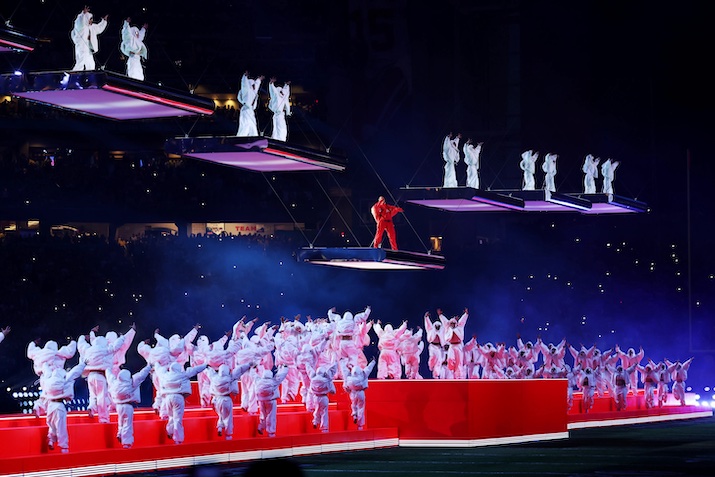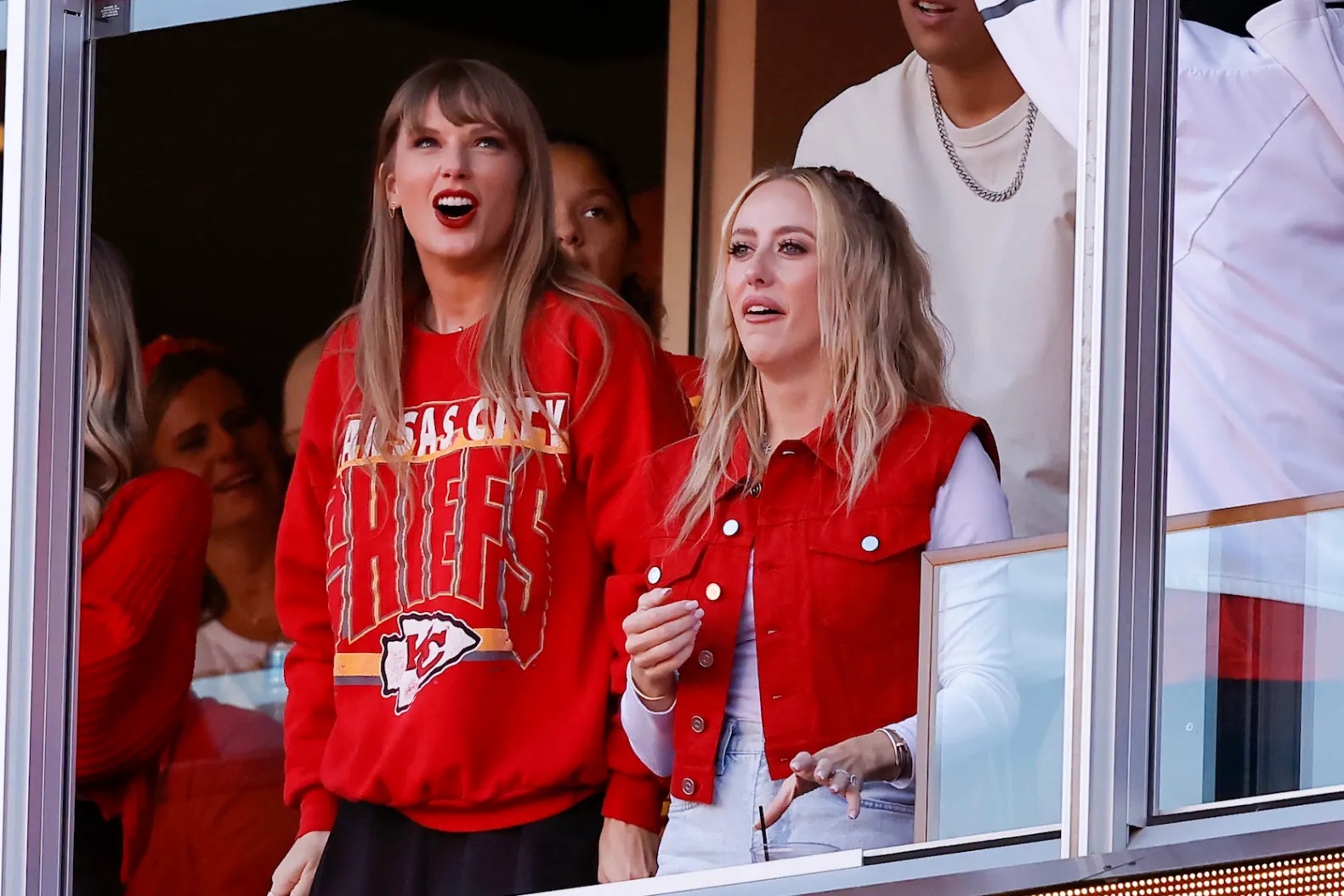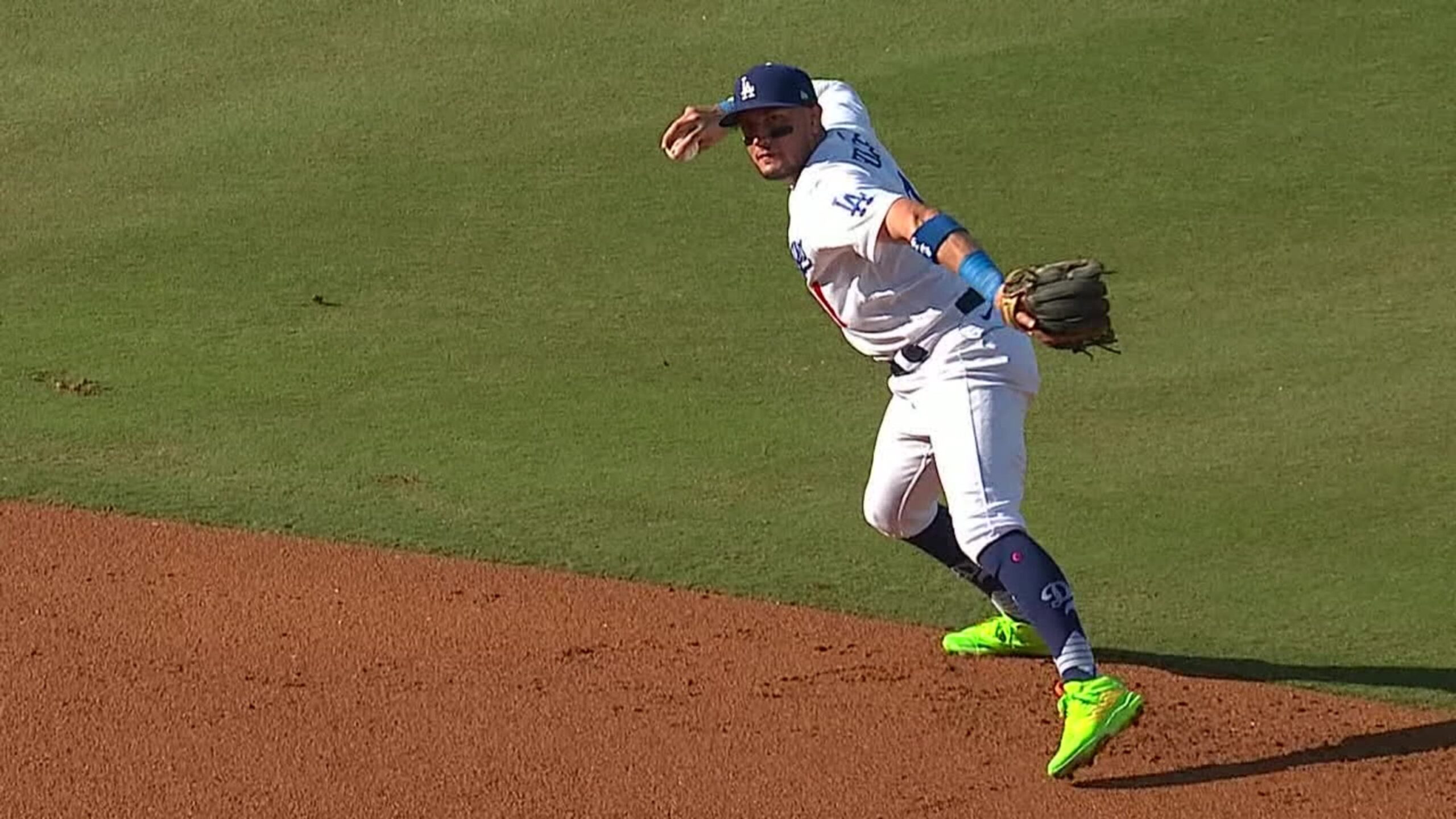In 2023, Entertainment — Especially Music — Was a Major Part of Broadcast Sports
Mic placement brought fans ever closer to the athletes
Story Highlights
“May you live in interesting times.” That hoary and putatively Chinese blessing/curse was no more present than in broadcast-sports audio last year. 2023 was a year in which live entertainment on stadium stages rivaled that on the field, when fans were pulled closer to athletes than ever — thanks to increasingly intimate microphone placements — even given the prospect of games’ not getting to air at all as RSNs struggled amid corporate clashes.
At the Intersection of Sports and Music
2023 will be remembered as year in which the connection between sports and entertainment reached new levels. The Super Bowl Halftime Show at State Farm Stadium in February was hailed as the third-most-watched television show in history, with an estimated 118 million people tuning in to see Rihanna — 5 million more viewers than the game itself attracted. But that annual event has become just the highest peak in a mountain range of entertainment increasingly partnered with major sports events.

The Super Bowl LVII Halftime Show featuring Rihanna attracted 5 million more viewers than the game itself.
Rihanna’s star power was rivaled by the NBA All-Star Game, where Post Malone performed a medley of hits following the first-ever in-arena NBA All-Star Draft. It was part of a weekend’s worth of entertainment and sports events in which Grammy winner Burna Boy, 2023 Grammy Award winner and Oscar-nominated singer/producer Tems, and rapper Rema collectively headlined an Afrobeats-themed NBA All-Star Game halftime show.
The third edition of the Big Machine Music City Grand Prix in downtown Nashville had a soundtrack that featured Florida-Georgia Line’s Brian Kelley, Chris Janson, Mötley Crue’s Vince Neil, Gavin Degraw, and others.
League draft events have also turned into music moments. Less than a week after the Country Music Association’s annual CMA Fest extravaganza took over Nashville’s NFL Nissan Stadium, the 2023 NHL Draft moved into the Predators’ Bridgestone Arena. Between them, it was as though the music never stopped, with the Brothers Osborne, Jo Dee Messina, Kip Moore, Maddie & Tae, Mitchell Tenpenny, and Dierks Bentley picking up where CMA left off. The almost seamless transition between one event and the next underscored sports’ transformation into high-concept entertainment, complete with a red carpet.
“When I started here about 13 years ago, the draft had already transitioned into an entertainment space, meaning into the arena environment,” says Ivan Gottesfeld, EVP, broadcasting, NHL. “Before that, drafts were held in ballrooms and spaces like that and were conducted strictly as business meetings. Since then, it has become an entertainment event for many touchpoints, such as league sponsorship, and the markets that we go to in an effort to grow the game.”

Taylor Swifts appearances at Kansas City Chiefs games created $122 million in brand-value and added 550,000 followers to the team’s social-media accounts.
But the big story for the marriage of music and sports was, of course, “Traylor” or “Tayvis” or “Swelce,” mashup monikers for the budding romance between newly minted billionaire Taylor Swift — her Eras tour boosted the entire U.S. economy by $5.7 billion — and KC Chiefs’ Travis Kelce, who may be looking at his third Super Bowl ring this year. Her appearances at two NFL games to watch him play created an equivalent brand-value of $122 million, according to MarketWatch. Further, a study of Instagram, X, and TikTok data tracking the social-media followings of all 32 NFL teams from the beginning of the season found that the Chiefs gained nearly 550,000 new followers across its social-media accounts — a 6.48% increase and nearly double those of the next-highest Miami Dolphins.
More Close-Up Sound
On-field and on-player sound also reached new levels last year. For instance, for the 2023 NHL All-Star activities, the audio team deployed wireless lavaliere microphones in the cones that athletes navigate in the skating competition to pick up the unique sound of blades in a tight turn; for the accuracy contest, a pair of shotgun mics in a golf-tee-box configuration captured the explosive impact of the shots.
“The Skills competition on Friday affords us the opportunity to try some different things, a kind of Petri dish for different ideas we’re trying out,” says Dan “Buddha” Bernstein, lead A1, hockey, ESPN. “It’s its own kind of X Games or even a gymnastics event trying to mike individual elements that people might hit, like multiple mics in each goal for different kinds of shooting options. It’s a test bed for new ideas.”
Repartee between MLB outfielders and broadcast announcers has been increasing over the last couple of seasons. What began as a Spring Training experiment became a regular part of the broadcast audio when ESPN made it part of its Sunday Night Baseball sound palette. — and then took “talking baseball” to the next level.
ESPN wired two outfielders for sound for some games, with each player wearing a Q5X PlayerMic transmitter and a Countryman B6 microphone element, along with an IFB earpiece developed by the broadcaster and its RF partner, CP Communications. The miked outfielders were able to speak both with the booth announcers and with each other, a multipart conversation more complex than the previous season’s single-player exchanges.
Interviews with headset-wearing team managers during the game are now a staple of the broadcast. There were also experiments with integration of social media into these diamond dialogs, with fans and others able to pose questions to the ballplayers through ESPN’s #AskSNB X (formerly Twitter) channel, with the announcers serving as interlocutors.
“This is a game-changer, no pun intended,” says Kevin Cleary, remote operations specialist, ESPN. “We had Buster Posey asking Evan Longoria about dyeing his hair on live TV during a game! How much more interactive can you get?”’
‘Uncharted Territory’
Baseball can lend itself to leisurely chats as outfielders await fly balls, but basketball players are in constant motion at high levels of exertion. WBD Sports Sound Designer Dave Grundtvig sees the speed and dynamics of the game as “uncharted territory” for athlete audio. Much of that sound will still be reserved for replays, but protocols for inserting some of it live on-air are being made up as they go along.
“Getting player audio is always a matter of access,” notes Chris Brown, VP production operations and technology, Warner Brothers Discovery Sports, “so we work with the league and teams and players on that. The [NBA] All-Star Game is an exhibition match, so there’s even more willingness to experiment and see what we can come up with. Our production executives are challenging us on the technology side to innovate to create ways to increase access for fans, within the league’s constraints.”
Other sports also pushed the boundaries of close-up sound. The XFL wired two players per side per game plus the quarterbacks; head coaches and defensive coordinators; sideline reporters; XFL rules analyst Dean Blandino in Van Nuys, CA; and officials, both on the field and remotely from the league’s Command Center in Arlington, TX. All the game audio was sent directly to ESPN’s audio consoles, where the A1s had immediate control over it. In the NFL model, the league controls the scrimmage sound and feeds it to the broadcaster a prescribed number of seconds before and after the snap.
For the PGA Championship, CBS deployed Apple’s AirPod Pro earbuds to pick up strategy conversations between golfer and caddy, connected via Bluetooth to a six-channel Riedel Bolero wireless beltpack. It was a first for broadcast golf, according to A1 Joe Carpenter: an antenna array for the Bluetooth link to the Riedel receiver connected four channels of the Bolero beltpack for a pair of AirPods and associated IFB, as well as a PL for the A2 and a producer “hot” mic.
Remote Education Remained a Factor
Having increased during the pandemic, remote-based audio education continued to grow, particularly in the form of manufacturers’ online programs. While serving as marketing propositions, such programs collectively create a substantial trove of how-tos for A1s and A2s encountering new platforms, such as IP-based connectivity.
For instance, Calrec’s Sound Institute offers a seven-part IP course that covers everything a broadcast facility needs to know about IP, how it works, and the effect it is having on the industry, including multicast, PTP, and network design. The company has added Dolby Atmos training to simplify immersive mixing, as well as an eight-part IP Primer and a whitepaper on how to build resilience into IP networks.
Similarly, Lawo offers a range of online tutorials, including a final exam for a certificate of completion on use of its consoles and other products, through the Lawo Online Academy. The Lawo Lounge webinar series provides product tips, application insights, new products, customer interviews, interactive Q&As, and more.
Shure, Clear-Com, and Evertz/Studer are among suppliers providing online training and education programming.
Promise of Immersive Is Yet To Be Fulfilled
What didn’t happen in 2023 was as important as what did. Immersive sound gained more traction but not as much as had been hoped. Despite the promise of immersive audio for broadcast, the infrastructure needed to make it a mass-market consumer product has moved forward only slowly: the distribution chain from network to individual station is still not widely ready to handle the new immersive formats, and, in any event, the base of NextGenTV-capable home sets is still quite small. Broadcasters are still working on the processes necessary to comply with the FCC mandate to ensure that 3.0 content will be compatible with the 1.0 world most people live in.
“Simply put, it’s hard to get immersive sound to the home [via streaming],” says educator and consultant Dennis Baxter, whose portfolio includes sound design for nine Olympic Games. The proliferation of soundbars may help, but the fact remains that most viewers are still listening in stereo. The real problem is infrastructure. There’s a lot of work ahead.”

